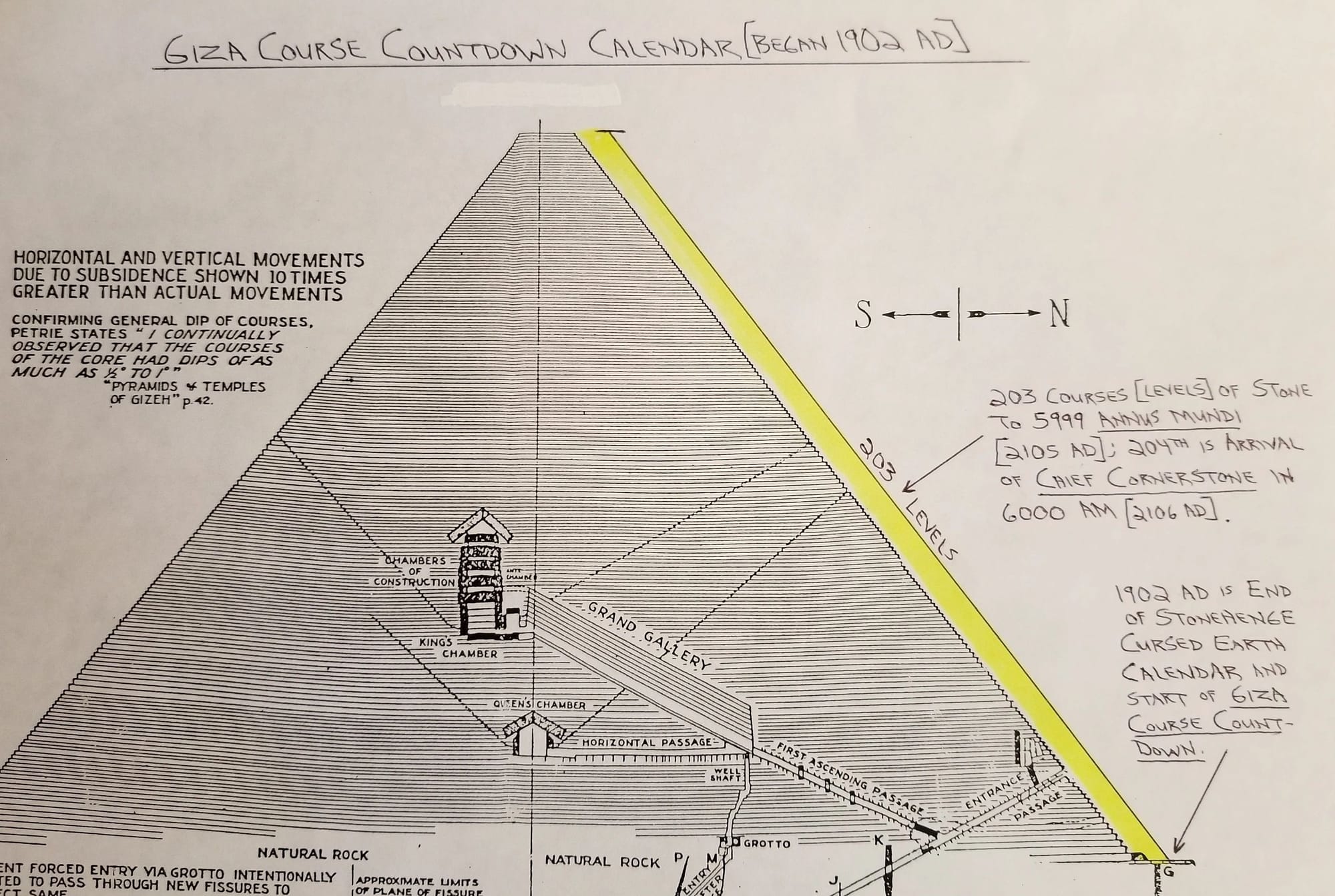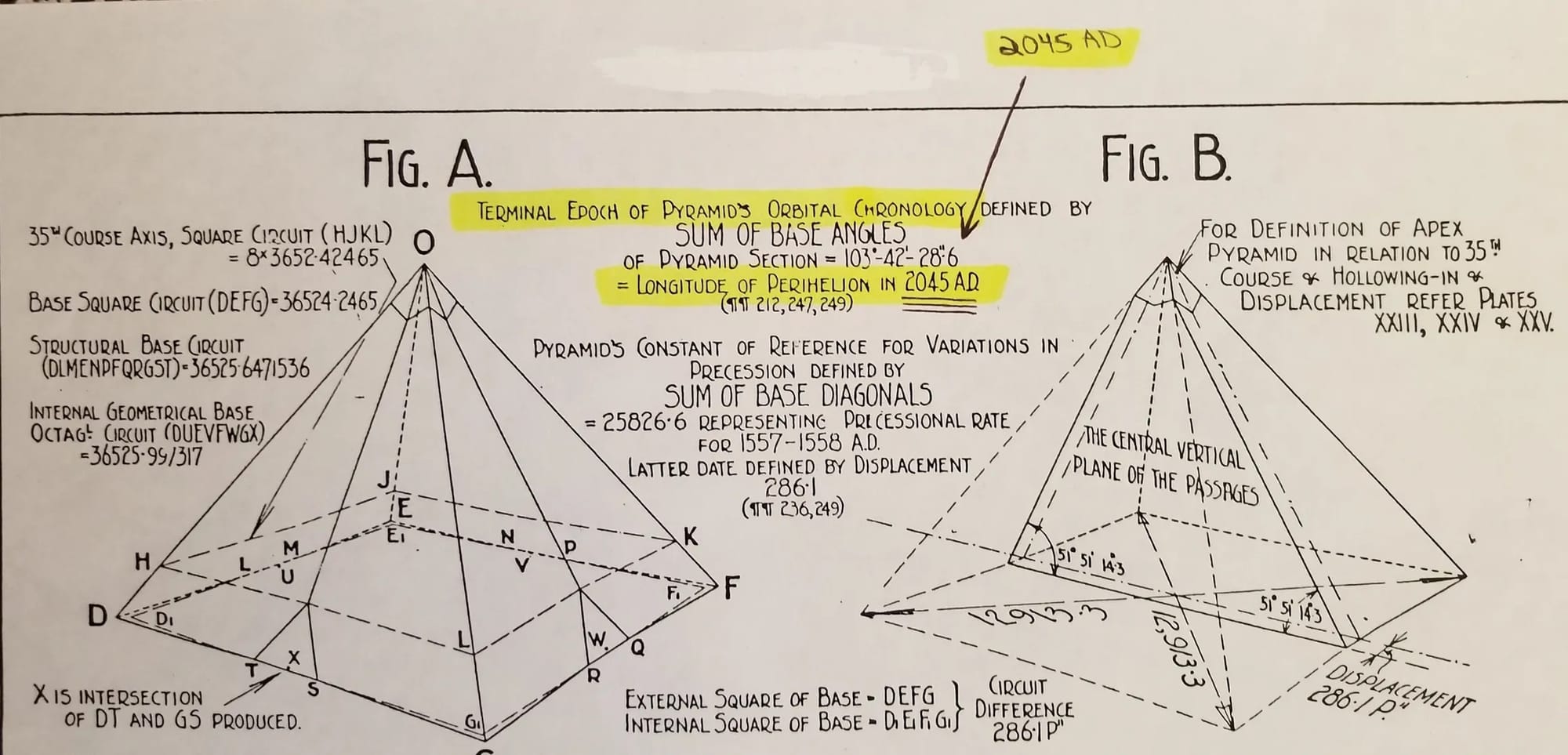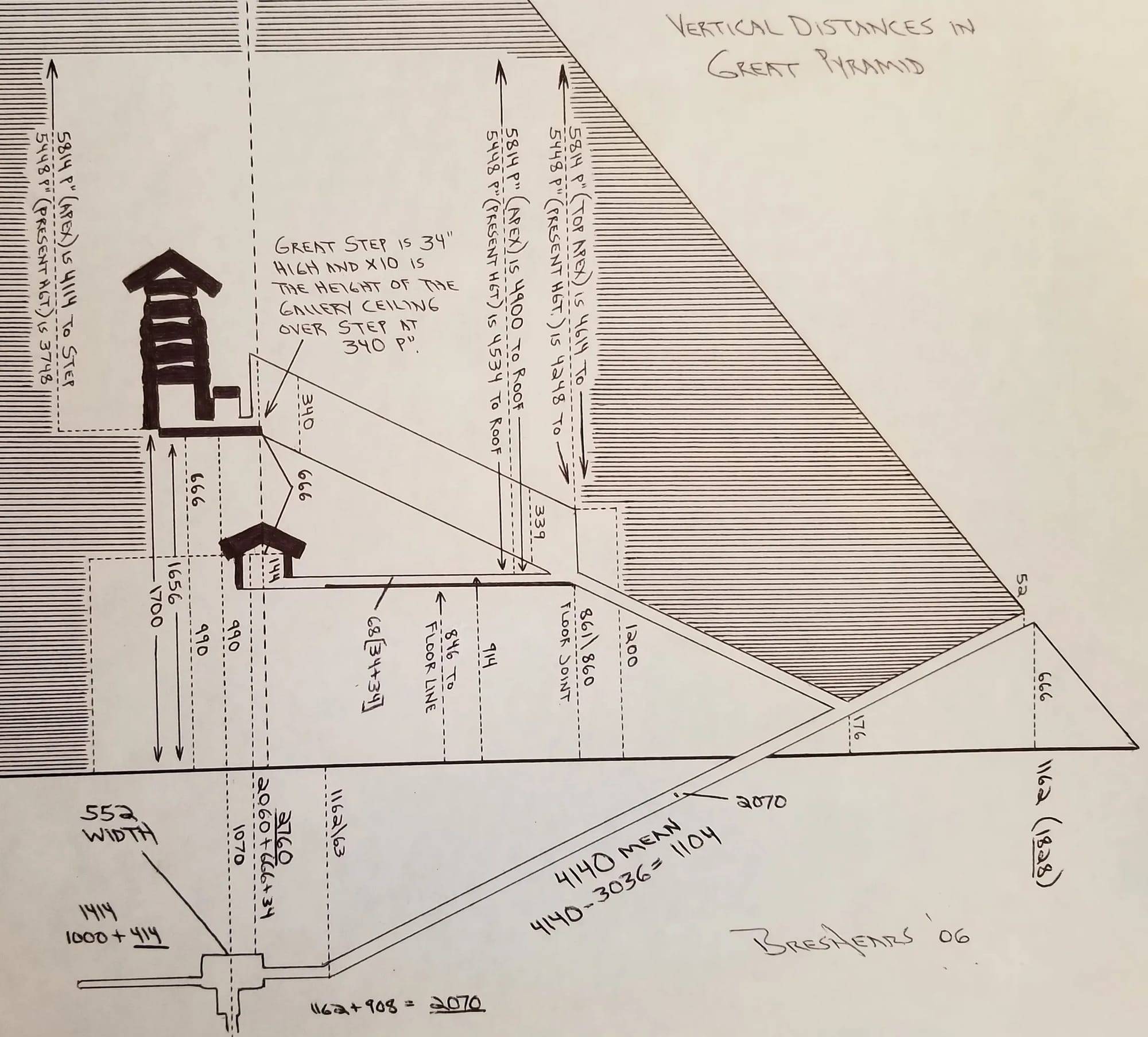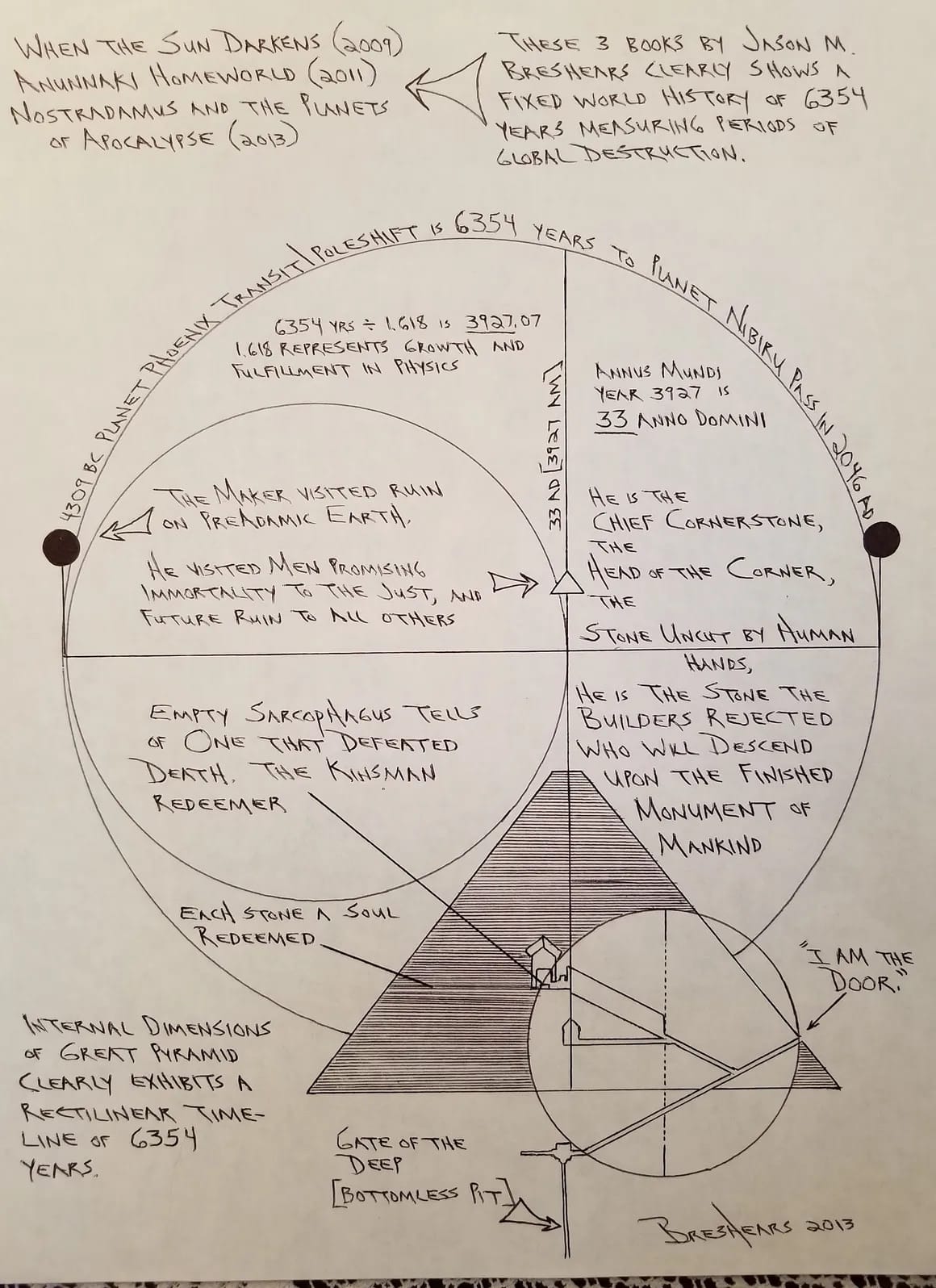Jason Breshears, the mind behind Archaix, is a researcher delving into ancient history, occultism, and chronological frameworks.
Which is another way of saying he challenges everything we think we know about, well, everything.
The Great Pyramid isn’t just stone—it’s a machine, aligned with cosmic precision, built with tech we still can’t replicate.
— Graham Hancock, British author and historian
The detail and complexity of his work are next level. What caught my attention, specifically, was his series on the pyramids.




Jason's research is out of this world
His research overturns mainstream narratives, particularly around the Egyptian pyramids, in this case arguing that the Great Pyramid of Giza was not a tomb but a sophisticated machine constructed by a pre-Egyptian civilisation, possibly the Anunna, using advanced methods like geopolymer construction and ultrasonic drilling.
Pyramids are evidence of lost technology—cutting granite with laser-like precision isn’t something you do with copper chisels.
— Christopher Dunn, British engineer and author
Interestingly, this aligns with the brilliant work of Christopher Dunn, who argues that the Great Pyramid was a power station.

Jason says it was designed to preserve knowledge and withstand cataclysms, and contains encoded timelines for major worldwide resets, which he links to a cyclical history of huge disasters.
He obviously dismisses conventional Egyptology and proposes that we live in a simulation.
I’ve been a member of the Mavericks Project for years, a global network founded by guys I know, buffering against technocracy. They don't accept all applications because they focus on quality, not quantity.
The pyramids aren’t tombs—they’re tech, harnessing earth’s energy with precision no ancient tribe could dream of.
— David Icke, British author
🎙️ Podcast episode
Jason’s work is so vast we couldn’t cover a fraction in this episode, but he did his best to summarise his Great Pyramid thesis using visuals.







